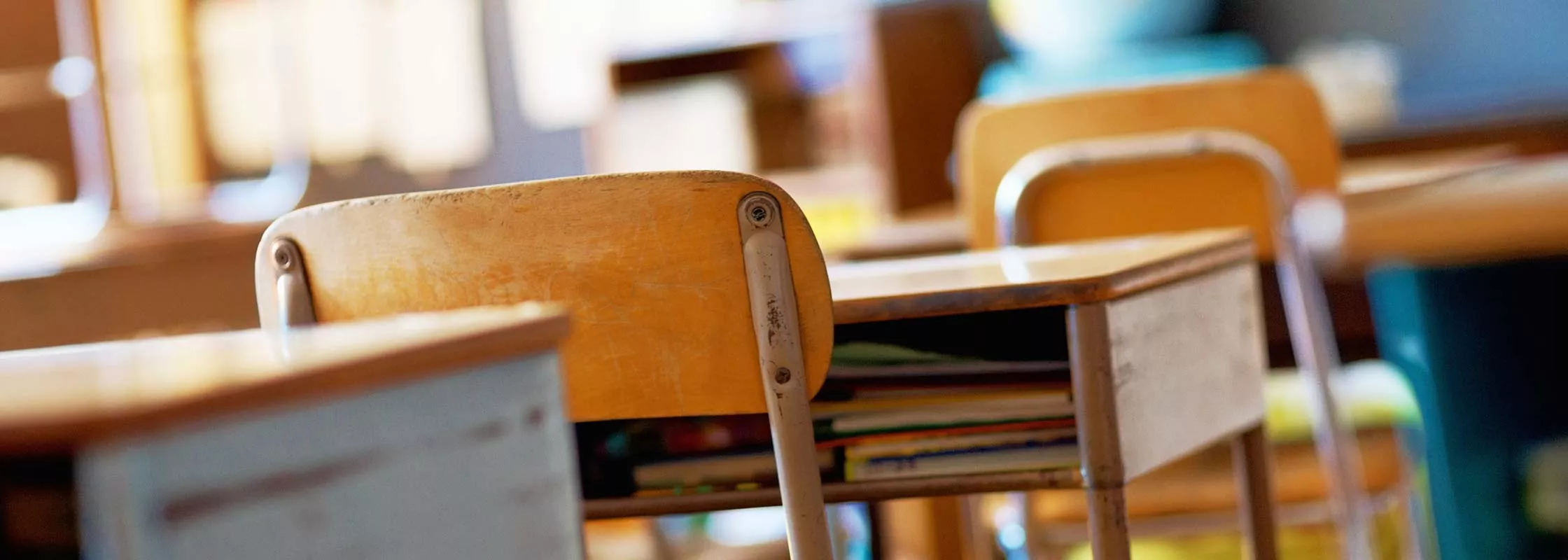How students with dyslexia are managing at Finnish «Gymnasium»
Kategorie News
Due to Finnish inclusive education, there are many students with learning disabilities in Finnish general upper secondary education i.e., «Gymnasium», and even more will have the access in the future. What kind of special education is needed for their studies and how much support is offered? A pioneer study researched difficulties with reading, writing and foreign language among adolescents and young adults with SEN.

Two topics of this study makes it as a pioneer study. For the first time students dyslexic problems at the general upper secondary education1 were studied in detailed manner and concerning reading, writing and foreign language, which makes the research topic undoubtedly important. In general, there is lack of dyslexia studies during adolescence.
The data consisted of dyslexia diagnostic assessment reports which were sent to Finnish national Matriculation Examination Board. These reports aim to guarantee student`s special support and equal treatment in Matriculation Exam2, and they consist of tests results and statements, and are written mainly by special educators (some of them by subject teachers or specialized physicians). Thanks to methodological solution of mixed methods, researcher could present very detailed profiles of dyslexic difficulties and how they occurred among adolescents and young adults in reading, writing and noteworthy, in foreign languages. The population consisted of 793 diagnostic assessment reports (492 women, 301 men) covering all areas in Finland, and year 2008 reports from Finnish speaking schools.
Liisa Vesterinen has worked several years as special educator in general upper secondary and has developed special needs education among Finnish education. These reports, where solid professional background of the researcher is highlighted, have several practical implications for comprehensive and upper secondary education as well as for teacher education. The results showed that key dyslexic problems are slowness in reading, misspelling of written words, and difficulties in productive writing and reading comprehension. The foreign language difficulties greatly resembled the difficulties experienced in mother tongue, however in more severe sense. Finnish language has shallow orthography i.e., letter-sound correspondence which enables young people with dyslexic difficulties to acquire reasonable level of reading and writing skills which partly explains that difficulties are manageable in comprehensive school, however the more demanding educational content might explain the appearance of difficulties at general upper secondary education.
Writing reports of student’s dyslexic difficulties were not straightforward for special educators, in addition a diversity of different dyslexia measurements was used in reports. From an equality perspective, the results of regional differences in diagnoses and importantly, differences between men and women are something where attention should be paid in the future.
The other pioneering topic of this study concerns equality and equity in education questioning how special needs education is offered in general upper secondary education in different areas in Finland. This was studied in national level with timepoint when dyslexia was diagnosed and how many school years student has received support and SNE. A reform of Upper Secondary Schools Act brought special needs education (SNE) to »Gymnasium” already in 2003, which required schools to organize individual learning and schooling support. In this sense the results Vesterinen found in her study are extremely worrying.
A high proportion of diagnoses were made in primary school (55%) and the majority received SNE. However, a significant proportion of the students' dyslexic difficulties were detected only during their upper secondary education (42%) and 11% received SNE. One of the main findings of the study is that a significant proportion of the students, 38% did not received special needs education at any level of comprehensive nor secondary education, and were therefore excluded from the support offered by the Finnish educational system.
Dyslexia is among most common learning difficulties affecting 5-10% of the age group depending on the level of difficulty; yet it has been so difficult to access support in Finland? How have students with dyslexia managed at school and in life in general? The results of this study show that students haven`t been treated and educated equally. Internationally, the Finnish education has been seen strong in terms of quality from early childhood to adult education. Our education policy aims to guarantee equal opportunities and rights for all, and high-quality free education. However, it is known that the challenge of equality is the regional segregation trend, which in this study is partly related to the equal implementation of general upper secondary education and regional access to education.
The cornerstones for inclusive education are equality and fairness which have been the core of educational philosophy in Finnish education. We move closer to inclusive education and society only when all persons are given equal opportunities and special needs are seen as positive diversity within education. Legislation and educational policies have key role in development of special needs education. Recently SNE is stronger emphasized in Finland by the 2018 Upper Secondary School Act (Lukiolaki 741/2018) and the 2019 Act on the Matriculation Examination (Lukiolaki 502/2019). In addition, the new upper secondary school curriculum (LOPS, 2019) entered into force in autumn 2021. Together these actions clearly oblige Finnish upper secondary schools to support students with learning difficulties. In addition, research has important role providing study results and bringing problems in daylight. Liisa Vesterinen`s study results have raised discussions in Finland in different levels. I am very glad that right after PhD defense in June Finnish National Agency for Education discussed about equality issues in general upper secondary education and national Matriculation Examination and made a statement which all political parties also subscribed. Importantly, educational policy makers took statement further to Ministry of Education and Culture, and Finnish Minister of Education Li Andersson will discuss about this educational equality and inclusive education statement with the Finnish Parliament already this summer.
I am happy to give you more detailed information about this PhD thesis and educational police proceedings. I can also provide you few links, however, some of them are in Finnish.
Wishing you a sunny summer! Yours sincerely, Minna Törmänen, Institut für Professionalisierung und Systementwicklung, HfH
Links
Links in Finnish and English
- Vesterinen`s PhD thesis: Liisa Vesterinen: ABIN LUKI: Ylioppilaskokelaiden lukemisen, kirjoittamisen ja vieraiden kielten vaikeus lukilausuntojen kuvaamana, In English: The reading and writing disorder among Finnish-speaking candidates of the Matriculation Examination. The candidate`s difficulties with reading, writing and foreign language based on dyslexia diagnostic assessment reports. University of Helsinki, Faculty of Educational Sciences Helsinki Studies in Education, number 140
- YouTube videos of defendant`s Lectio praecursoria and opponents opening and closing statements:
- Finnish general upper secondary education
- Die finnische Abiturprüfung (Deutsch)
- The Finnish Matriculation Examination (English)
Legende
1 students dyslexic problems at the general upper secondary education
The Finnish general upper secondary education provides students with extensive general knowledge and the readiness for further studies at University or University of applied sciences or vocational training. On average, students complete general upper secondary in three years, but they can choose to shorten or extend their studies to maximum of four years. At the end, students take the Finnish national matriculation exam. Finnish general upper secondary has no tuition fees and offers free school meals. More information
2 Matriculation Exam
Matriculation examination, which is national examination, is the final assessment for general upper secondary studies, in order to obtain a Certificate of Matriculation. Graduates are eligible to apply to higher education in Finland and abroad. The matriculation exam’s purpose is to assess whether the student has achieved the necessary knowledge, skills and other objectives laid out in the core curriculum. The Matriculation Examination consists of a minimum of five tests; one of them, the test in the candidate’s mother tongue, is compulsory for all candidates. The candidate then has to complete four other tests which have to belong to at least three different groups: mathematics; second national language; foreign language; humanities and natural sciences. At least one of the tests must be the test of the advanced syllabus level of the subject. As part of their examination, the candidate may include one or more additional tests. Additional tests are of equal value with the required tests. The examination is organised digitally. The first digital tests were held in the autumn of 2016, and the examination became fully digital in spring 2019. The examination is organised digitally. which makes it possible to use more materials with test items: pictures, video and audio.
The Matriculation Examination Board is responsible for administering the examination, its arrangements and execution. The examination is held biannually in the spring and in the autumn, simultaneously in all Finnish upper secondary schools. Around 30,000 candidates pass the examination annually, of which 27,000 pass it in the spring. (Finland's population: 5,550,612 in 2022) For more information, please visit the web page of the Finnish National Agency for Education.
